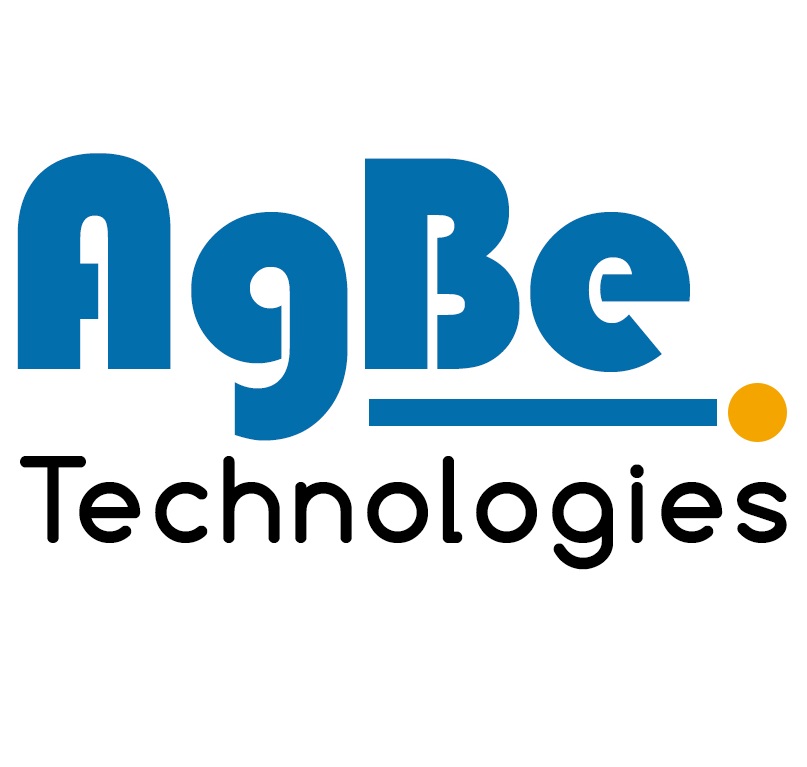Federico Selmi started his career as a designer and now specializes in product management, customer validation, and user-centric design. Having worked at companies such as Education First, Shopa, and Mindshapes, Federico has got a lot of experience with implementing best practices around lean customer development. In this warm and insightful talk at ProductTank London back in February, Federico explores the overlap between UX and product management, and how to best work collaboratively to create a great product and experience.
Why do we need separate roles?
At the most simple level, we need separate roles to help us build value effectively. The flow goes something like this:
- Deliver some insight – try and find a problem that you can solve…
- leading to finding a solution…
- Then shape the idea and design a realistic solution…
- and finally deliver the value (start bringing in dev teams).
Of course, the natural question is “Which part of that flow are Product Managers and UX people responsible for?” It’s a Venn! There is overlap, as well as distinct separations, and the overlap is where the conflict happens because most people will have slightly different definitions of those areas. The next question, then, is “How can we collaborate?” This is an unfortunately tricky question to answer, as we tend to end up siloed in our roles, rather than communicating more openly.
Focus on Skills, not Roles
One simple way to start building better collaboration is to reframe what teams’ goals are, in a manner similar to DevOps (if you’re familiar with the idea). Let’s all work towards generating business value so that the important question is not “Whose role is it to do this?“, but rather “Do we collectively have all the necessary skills to do this?“. Let’s look at a quick example:
If you start brainstorming a new idea with a friend, you’re not looking at them as having a role, you’re thinking of them in terms of the skills they have.
In the case of small, autonomous teams, having multi-skilled people to form cross-functional teams can be very effective, as it maximizes what you’re able to do and gives you some level of robustness in the event that one member of the team isn’t available. Establishing this idea of shared skills and cross-functional teams has an additional benefit because, ultimately, we perform better when doing something we consider ourselves skilled at, meaning that shifting everyone’s mindset about what they do can boost the overall performance of the team.
Deliverables
Of course, it isn’t quite that simple. Reframing your teams’ sense of their responsibility and ability goes a little deeper because if you’re focusing on skills rather than roles, you can’t focus on deliverables. We need to focus on outcomes over outputs.
- Output – put simply, this is the stuff we produce. It’s easy to measure, but that doesn’t mean it’s a great measure of effectiveness or value.
- Outcome – this is the difference made to the business and, while it’s naturally somewhat trickier to define and measure, it is a much more meaningful measure of value and fits better with cross-functional teams.
As a first pass at this, we need to move job descriptions away from describing outputs, and describe the value we expect someone to add to the business – define the KPIs early! Of course, that requires some more work on the part of the company and the hiring manager, but it also forces them to develop a firm understanding of what they’re trying to achieve. This way, your teams can develop an attitude of “Whoever is best suited to do it, does it“, and rest assured that this doesn’t just work for startups! Frederico shared the example of LW Gore Associates, who favor lots of communication over-prescriptive job titles, as well as everyone’s favorite poster-child for progressive companies: Valve Software.
Questions to Facilitate Product Management and UX Collaboration
To wrap up, here is how Valve sums this up the challenge with some questions that employees should ask themselves and a reminder:
- What’s the most valuable thing I can be working on?
- Which projects will have the highest direct impact?
- Is Valve not doing something that it should be?
- What leverages my individual strengths the most?
“You were not hired to fill a job description“



